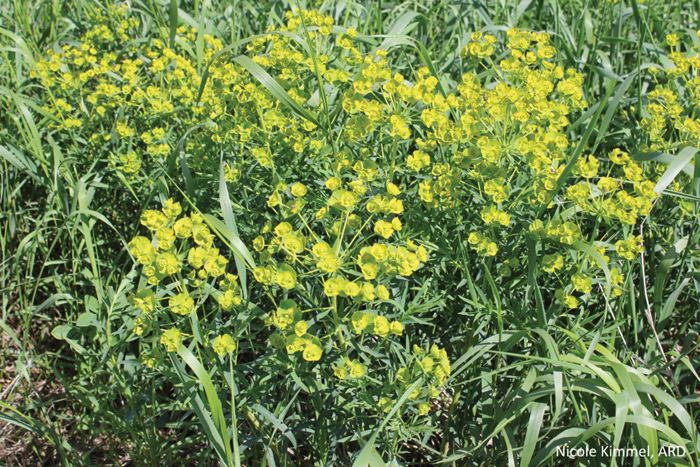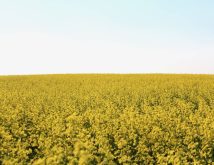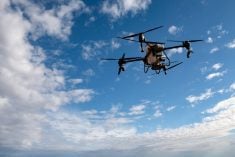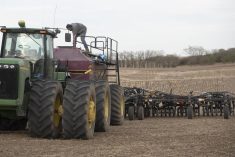A small group met in the Pembina Valley Interpretive Centre August 20 to discuss how to engage the public in tracking a common enemy — weeds.
The workshop was the first of what Julie Pelc, chair of the Invasive Species Council of Manitoba (ISCM), hopes will be many weed spotters’ workshops.
“We really want to increase knowledge and awareness of these priority invasive species,” Pelc said in an interview.
At least 257 invasive plant species substantially affect agriculture in Manitoba, according to the ISCM. These introduced species threaten the local environment and economy but some can also risk human and animal health. They can dominate their environment over time — choking other plants and monopolizing root space.
Read Also

Manitoba boosts stake in cereals centre to $23.5 million
Premier Wab Kinew said the additional project funds will help ‘Trump-proof’ the provincial economy.
ISCM is a non-profit organization comprised of federal, provincial, NGO and community representatives. It works to educate the public and spread awareness about harmful weeds. The plan to develop a weed spotters’ program was part of an updated strategic plan finalized earlier this year.
Workshop participants learn to identify invasive species in their region. During the first one Pelc highlighted several problematic weeds in the Pembina Valley region, including leafy spurge, nodding thistle and common tansy.
Leafy spurge, which can grow to just under a metre tall, is believed to have hitched a ride to North America with seed brought in by early settlers. An economic impact assessment undertaken by Brandon University in 1999 estimated it infested 340,000 acres and was costing the economy $20 million in direct and indirect costs — mainly due to reduced grazing capacity.
By 2010, it had spread to more than 1.2 million acres and its economic impact had risen to more than $40 million in lost grazing capacity, cost of control measures, and other indirect costs.
- From the Grainews website: Leafy spurge control
“Once leafy spurge invades a pasture it reduces the value of that pasture, reducing the area available for grazing and livestock,” said Pelc.
Once the classroom portion of the workshop finished, the group headed outdoors to find and pull common tansy weeds. Bright-yellow, button-shaped flowers cluster at the top of these plants. They contain several toxic compounds harmful to humans and animals if absorbed through the skin or ingested.
Pelc emphasized that unsupervised weed removal is discouraged. Some weeds can be dangerous. One example is giant hogweed — which, as of January 2014 has not been seen in Manitoba but has been spotted in Ontario. This plant burns skin to the touch.
Richard Warkentin, who attended the weed spotters’ workshop, said he received a call this summer from someone who thought they had seen giant hogweed. Warkentin, who works for the Stanley Soil Management association, said investigation revealed it to be a false alarm.
“It was something called tall water parsnip,” he said. “It can irritate your skin like poison ivy, but it isn’t as dangerous as giant hogweed.” The small circular, white-flowered cluster looks similar to the corrosive weed.
To avoid risk, Pelc recommends when someone spots what looks like a weed, they take a photo and contact the ISCM that will then pass the weed through a verification process. Once it’s identified, it will be passed on to the appropriate authority for control. “The weed spotters’ program is about early detection and not enforcement,” she said.
If you think you’ve found an invasive species or if you are interested in hosting a weed spotters’ workshop in your community, contact the ISCM at 204-232-6021 or by email.
















